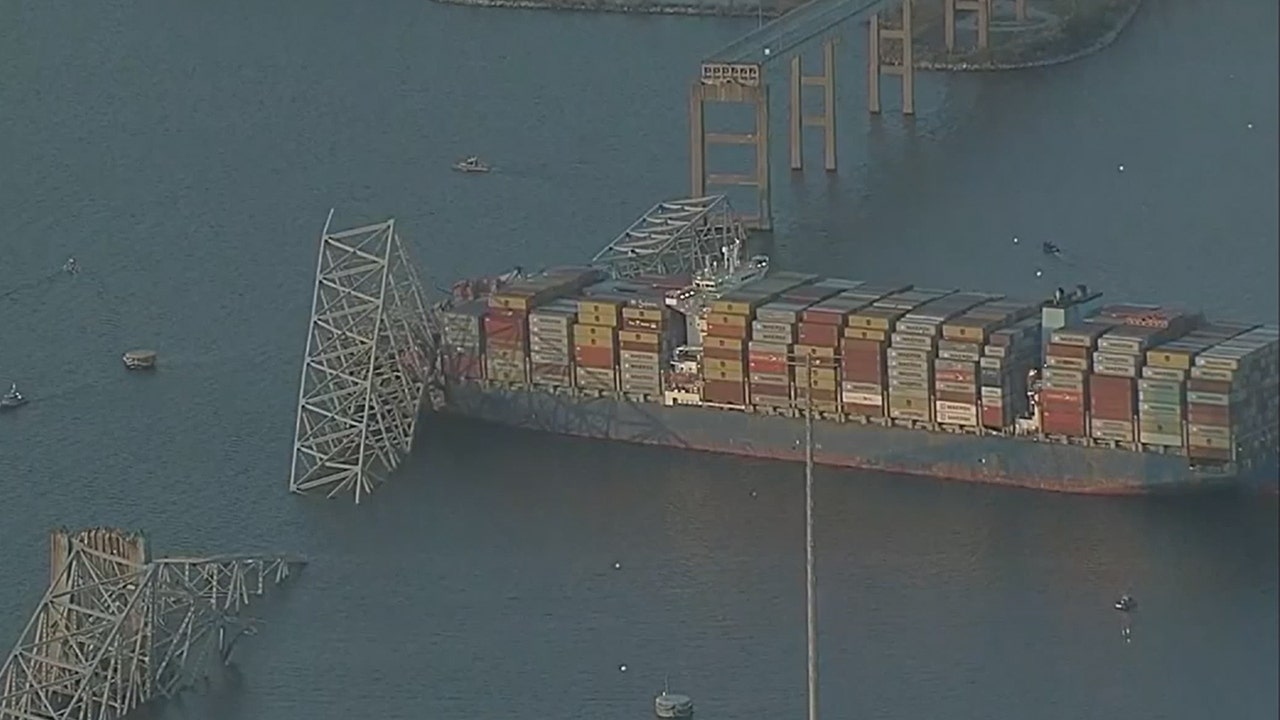para bellum
Platinum Member
The amount of mandatory data to be collected is not a long list on those things. But they do gather data from the NMEA bus, and I'm sure some of that equipment was not online because it was running on AC.I guess a wait and see or hear otherwise must come then... Fair enough..
So the VDR could be polling and waiting for a response from some of it's sensors, which could (in theory anyway) delay when it starts recording again.



:format(url)/cloudfront-us-east-1.images.arcpublishing.com/baltimorebanner/YVYOWA3E45BERLQVSLN35N7IPM.JPG)
:quality(70)/cloudfront-us-east-1.images.arcpublishing.com/archetype/DTCID6S2ZZFX7ISHANTM2N3SEU.jpg)